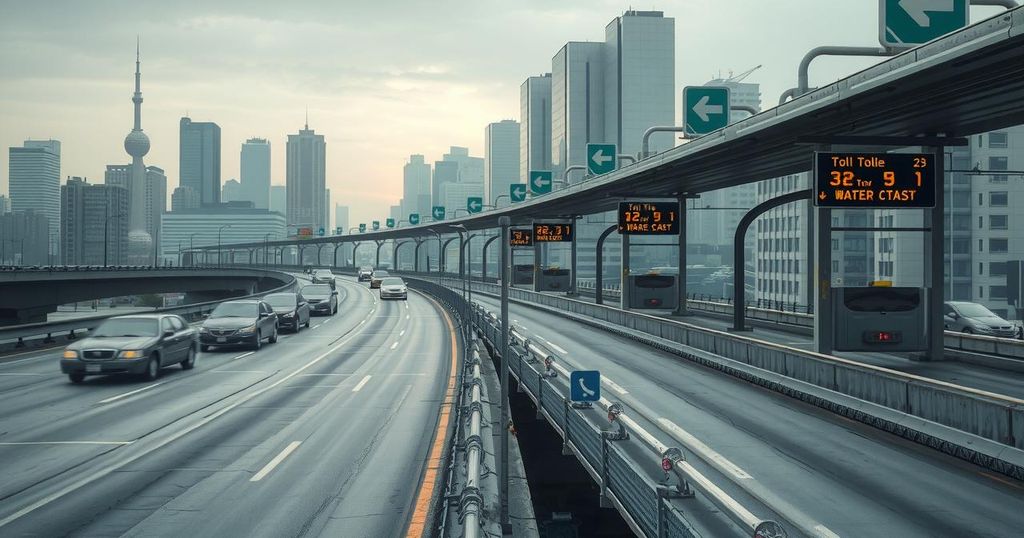Indiana Governor Signs Law to Allow Tolls on Interstates

- Indiana Governor Mike Braun signs law allowing tolls on interstates.
- New tolls are aimed at addressing funding shortfalls for road maintenance.
- Public opinion is being sought through an online poll about the new tolls.
Law Passed to Address Highway Funding Challenges
Toll Implementation in Indiana Governor Mike Braun of Indiana has officially signed into law new legislation allowing the state to impose tolls on its interstate highways. This decision was prompted by a continuous decline in fuel tax revenues, necessitating an alternative funding source for road maintenance and infrastructure improvements. However, before the state can start charging tolls, it will first have to secure a waiver from the Federal Highway Administration, an essential step in this process.
Community Voices and Online Polling
Public Reaction to Toll Rollout The broader implications of this law have many stakeholders concerned, including everyday drivers and transportation advocacy groups. As the state embarks on this journey, an online poll has been launched to gauge public sentiment regarding the tolls. The question posed is straightforward: “Do you support adding interstate tolls as state revenue to support the maintenance and future of those highways?” This poll seeks to determine whether Indiana residents agree with the decision to levy tolls on the state’s highways, which may be seen as necessary for maintaining a robust infrastructure but raises concerns about additional costs for drivers.
In conclusion, Indiana’s new law authorizing tolls on interstate highways is aimed at bolstering roadway maintenance amid declining fuel tax revenues. As the state prepares to possibly implement this funding model, public opinion remains a critical avenue for understanding community support and apprehensions related to the future of Indiana’s roads. The decision also marks a significant shift in how transportation funds may be generated, potentially impacting travelers and the overall infrastructure landscape.







